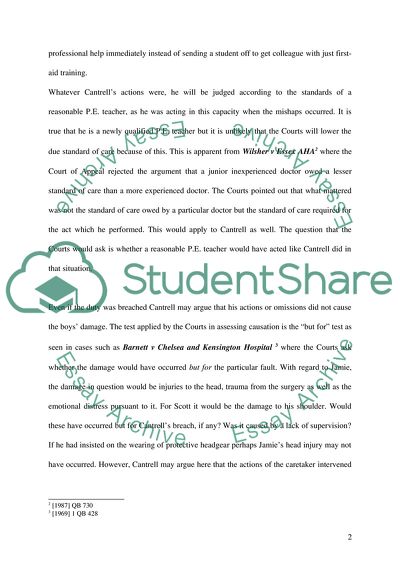Cite this document
(Law of Tort Coursework Example | Topics and Well Written Essays - 1500 words, n.d.)
Law of Tort Coursework Example | Topics and Well Written Essays - 1500 words. https://studentshare.org/law/1547460-problem-question-in-the-law-of-tort
Law of Tort Coursework Example | Topics and Well Written Essays - 1500 words. https://studentshare.org/law/1547460-problem-question-in-the-law-of-tort
(Law of Tort Coursework Example | Topics and Well Written Essays - 1500 Words)
Law of Tort Coursework Example | Topics and Well Written Essays - 1500 Words. https://studentshare.org/law/1547460-problem-question-in-the-law-of-tort.
Law of Tort Coursework Example | Topics and Well Written Essays - 1500 Words. https://studentshare.org/law/1547460-problem-question-in-the-law-of-tort.
“Law of Tort Coursework Example | Topics and Well Written Essays - 1500 Words”. https://studentshare.org/law/1547460-problem-question-in-the-law-of-tort.


